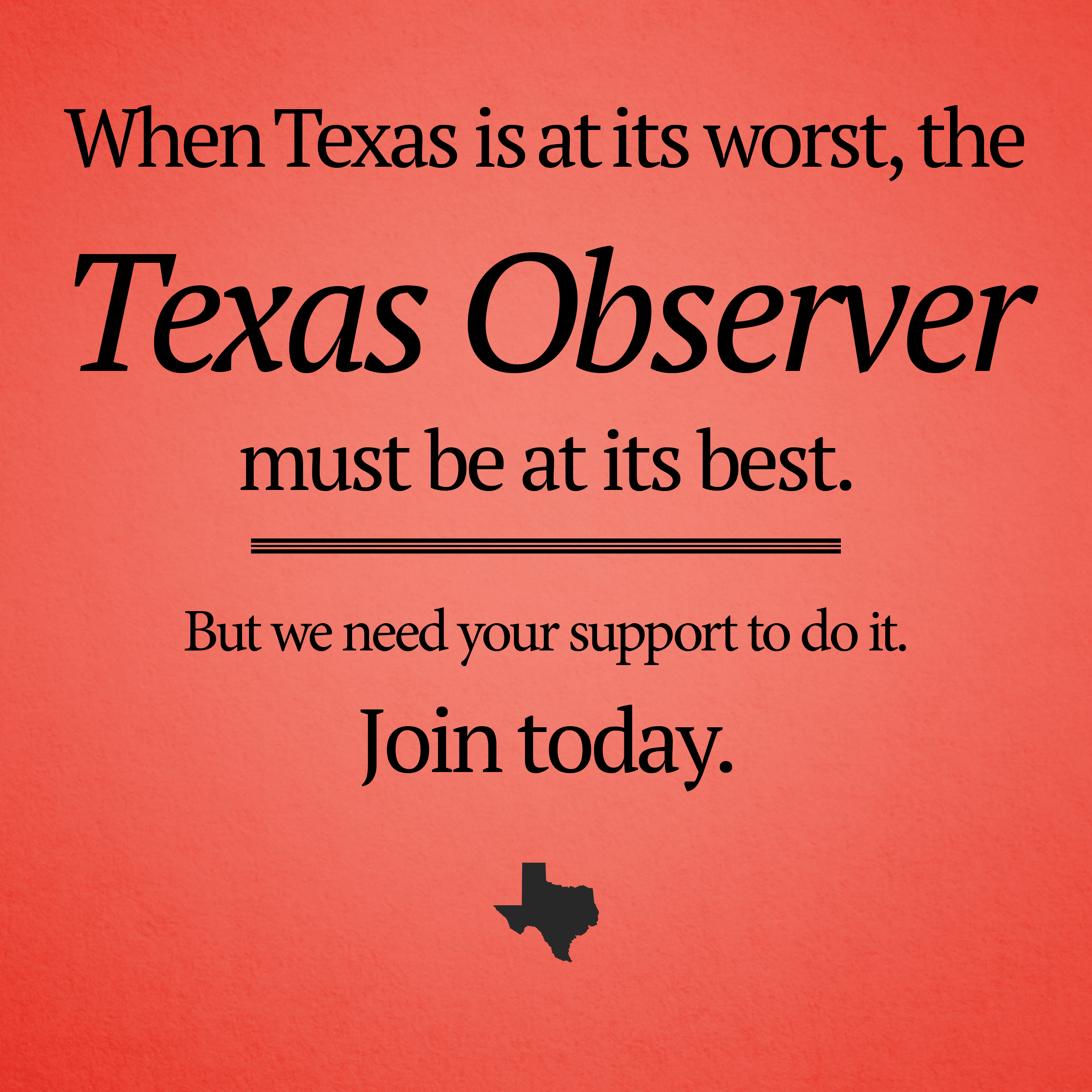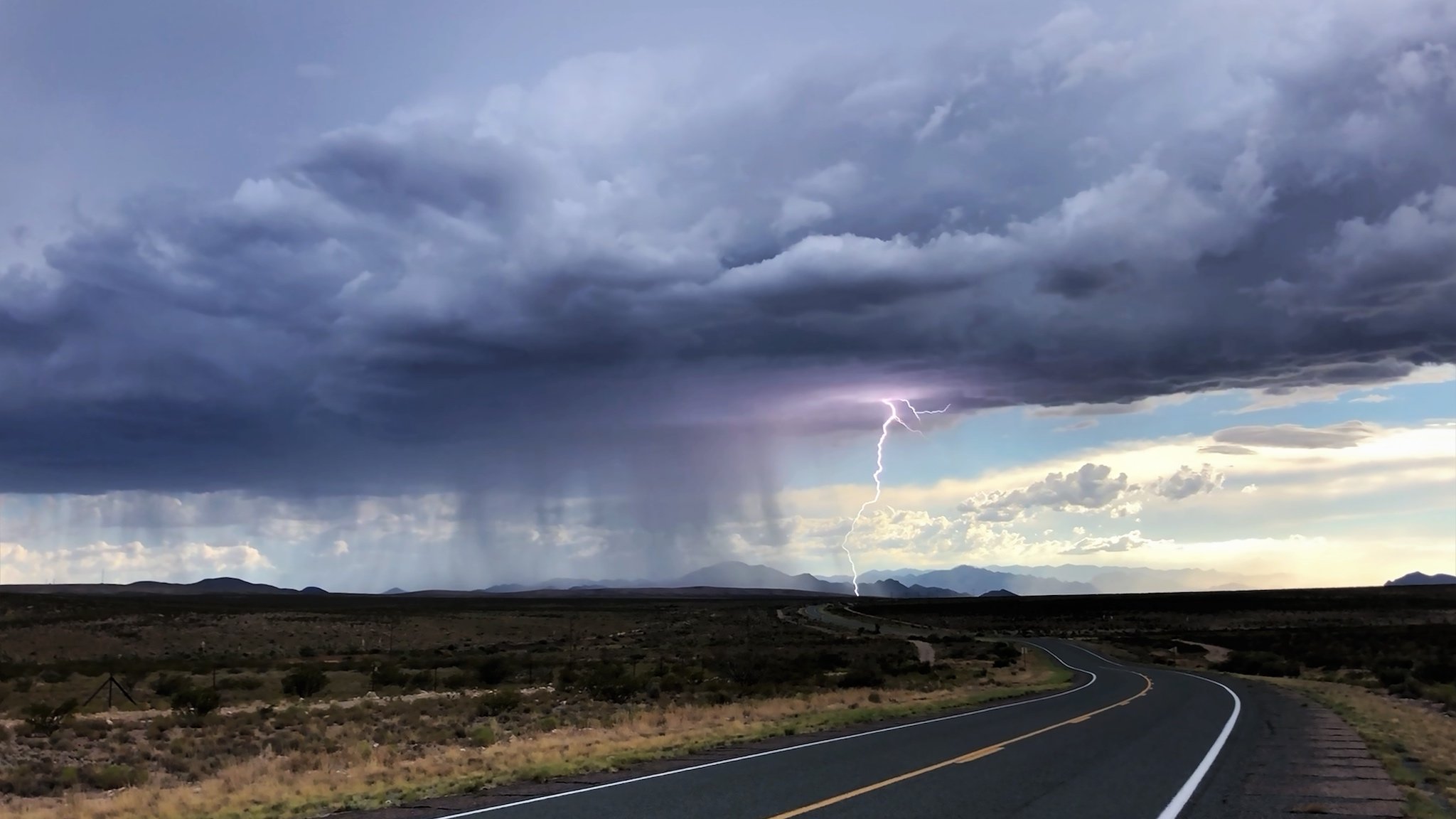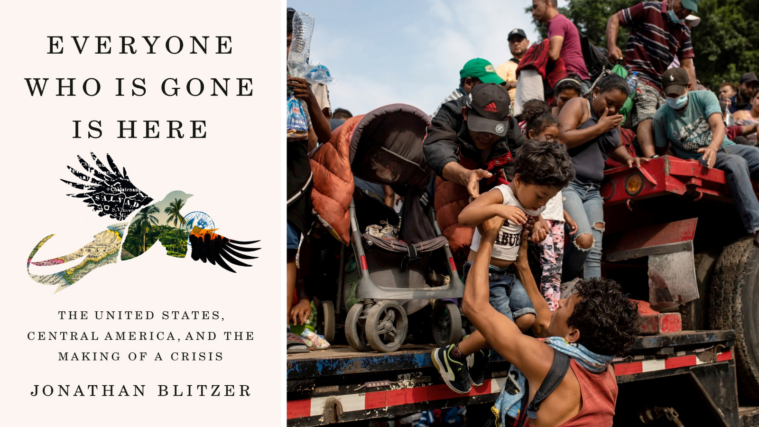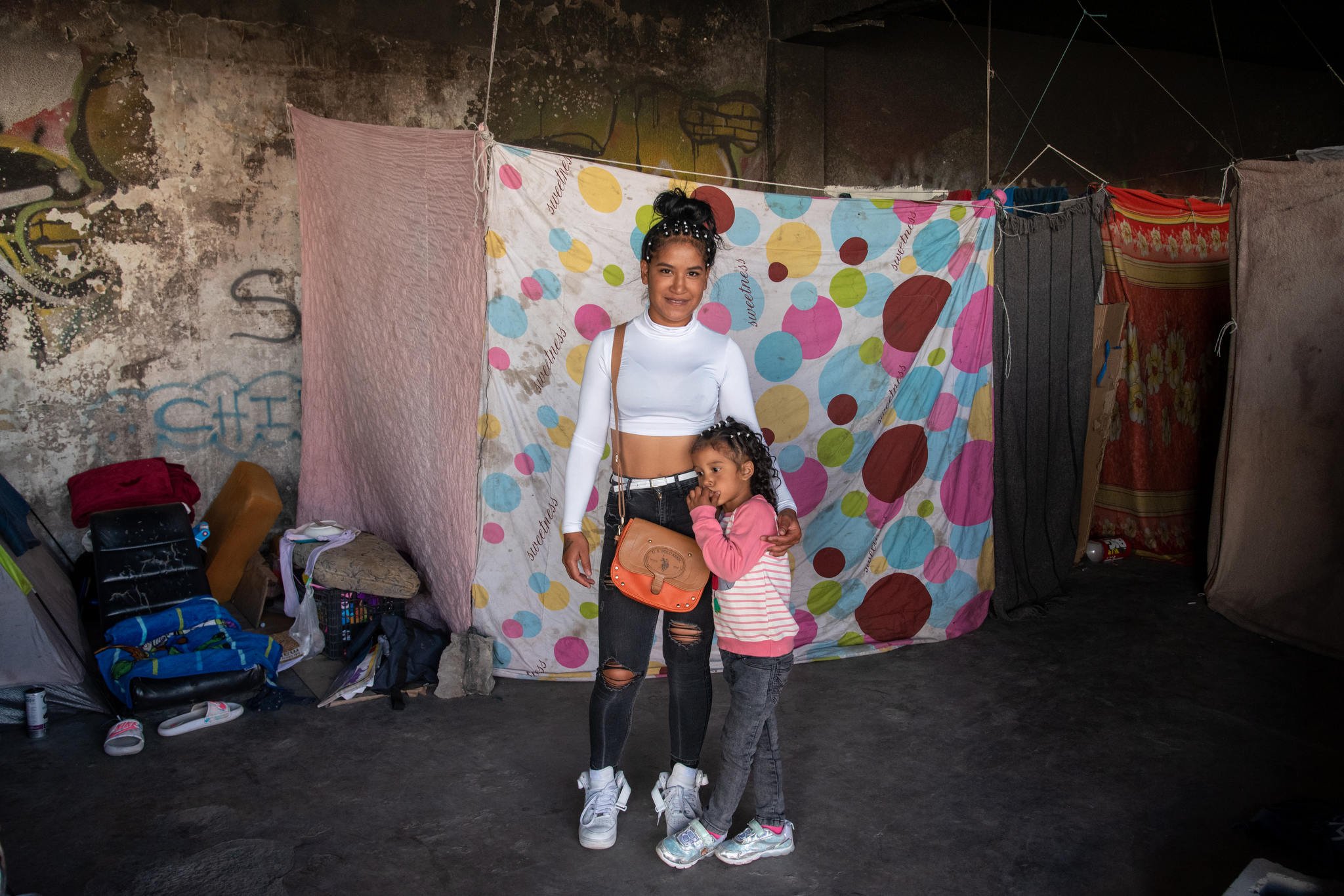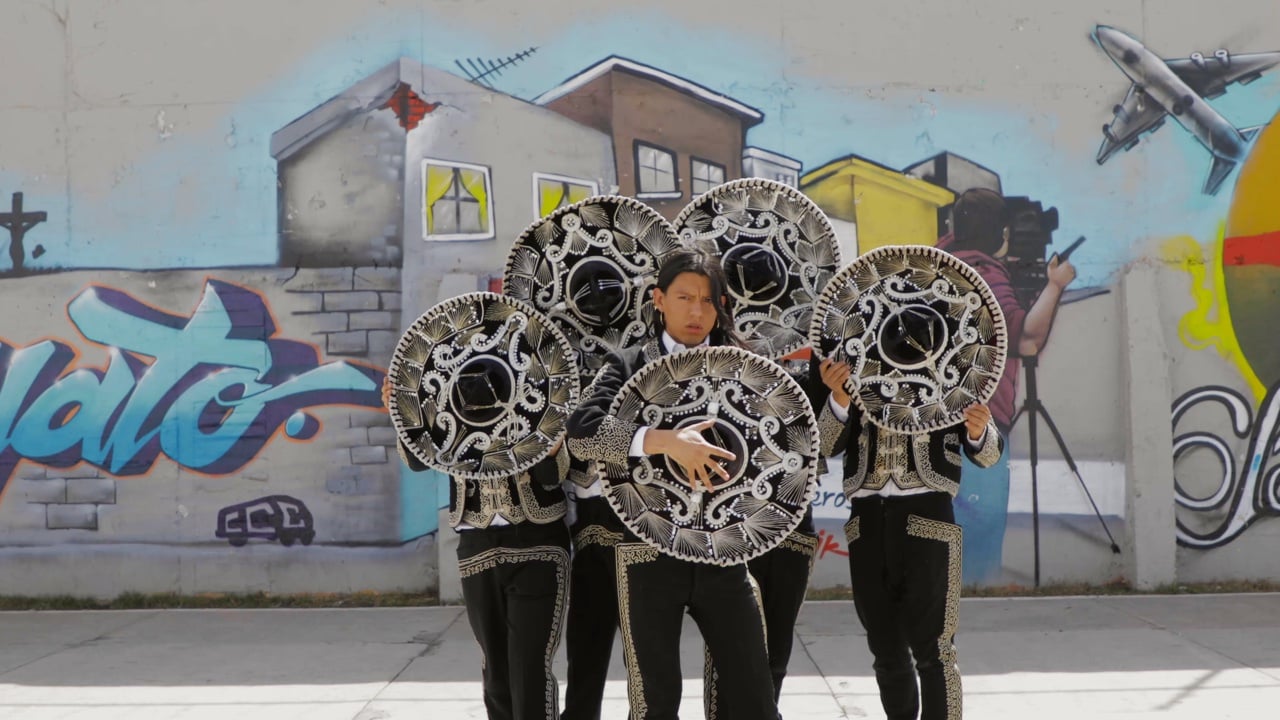
Queering the Border
100 Ways to Cross the Border chronicles the life and creativity of LGBTQ+ performance artist and writer Guillermo Gómez-Peña.
When construction began on Trump’s U.S.-Mexico border wall, an influx of public art ensued. Graffiti artists began inking up the walls, and performance artists were creating political art. French artist JR created a huge paste-up mural of a boy peeking into America. Coffins were hinged to parts of the wall in Tijuana, while artists in Ciudad Juárez created seesaws that spanned both sides.
One Mexican-born artist was way ahead of them all. Guillermo Gómez-Peña, a performance artist and writer, calls the U.S.-Mexico border “a space for cultural misunderstanding.” The artist, now 66, has been making border art since the 1980s, long before it was trendy.
In a new documentary about the artist called 100 Ways To Cross The Border, Gómez-Peña tells the Dallas-based film director Amber Bemak that: “The border became a space for the presentation of ideas and projects, then came the festivals that turned the border into some kind of hipster international convention art space for safari tourists.”
Which is accurate, actually, though nobody else has called it out quite like that.
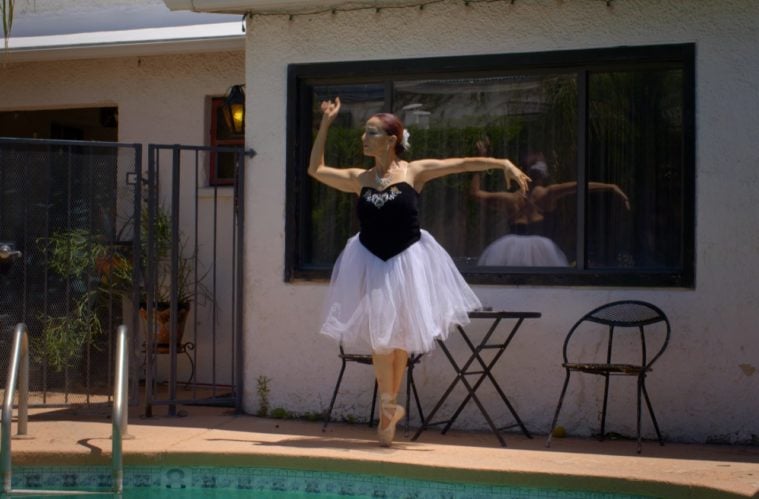
Gómez-Peña, who moved to the U.S. in 1995, and divides his time between San Francisco and Mexico City, has written 21 books about the cultural debate surrounding U.S.-Mexico border culture. His best-known project is La Pocha Nostra, a politically charged performance art group founded in 1993, which uses spoken word, performance, and art installation to tell border stories. Arguably, he was one of the first—if not the first—contemporary artist to use the U.S.-Mexico border as a site for performance art, and his collective is known for “queering the border,” as the artist considers himself queer and many art academics consider his work to be queer.
100 Ways To Cross The Border made its world debut at BAMcinemaFest in Brooklyn on June 25, and more screening dates are pending. The documentary mostly features the Tijuana-San Diego border; she shot in San Diego’s Border Field State Park, as well as the Nogales border in Arizona. It weaves in archival VHS footage of Gómez-Peña from the 1990s, alongside interviews with the artist and his collaborators. Bemak, the film’s director and an assistant professor of film and media arts at the Southern Methodist University’s Meadows School of the Arts, recently spoke with the Texas Observer about the project.
The Texas Observer: Why did you want to feature Guillermo Gómez-Peña?
Amber Bemak: I am a professor of film, but my practice is rooted in performance, due to my social circles. Guillermo is a lineage holder of many lineages. The number one is performance. I’m of the generation where we didn’t have cell phones, but I wanted to make a film that amplifies his vision, as an artist who has been active for over 40 years. The things being said today with such urgency and newness, Guillermo was saying those things in the 1980s. … Historical context can be motivating, healing and inspiring. His work does all of that.
He talks about the U.S.-Mexico border being a space for “hipster” art and “safari tourists,” what do you think about that?
He does have a history of being a co-founder of the Border Arts Workshop, an art collective that ran from 1984 to 1992. In some circles, he is known as the first border artist. He married first wife through a chain-link fence … the couple traveled from one side of the border to the other to be with one another as a statement.
“He married his first wife through a chain-link fence.”
I shot [part of the documentary] in Tucson, Arizona at the border with Nogales, Mexico. It was creepy to film there. My crew were all people of color, and not American. I felt protective of them, it felt extra tender. There was a militarized presence with helicopters. I hope that came across in the film. That’s where Guillermo did radical art performances. When I went there to film, he didn’t want to come. He said it was too triggering, the space had become more locked down and military. He felt uncomfortable. Many artists could have, in the past, created performance art at the border, but now, it’s impossible. You can’t do anything. Even having a camera felt scary.
What is intriguing about his work is his border art, and you use a lot of archival videos. Has he been unrecognized?
As I started to make this film, I learned that not many people know about him. The film speaks for itself on that front. He has been tokenized. He was the first Hispanic artist to get a MacArthur Genius Grant in 1991. He has received many awards, but [as] he says in the film, it only reaches so far. You can be exoticized for a moment, but it’s not a sustainable thing. I found that true with his work.
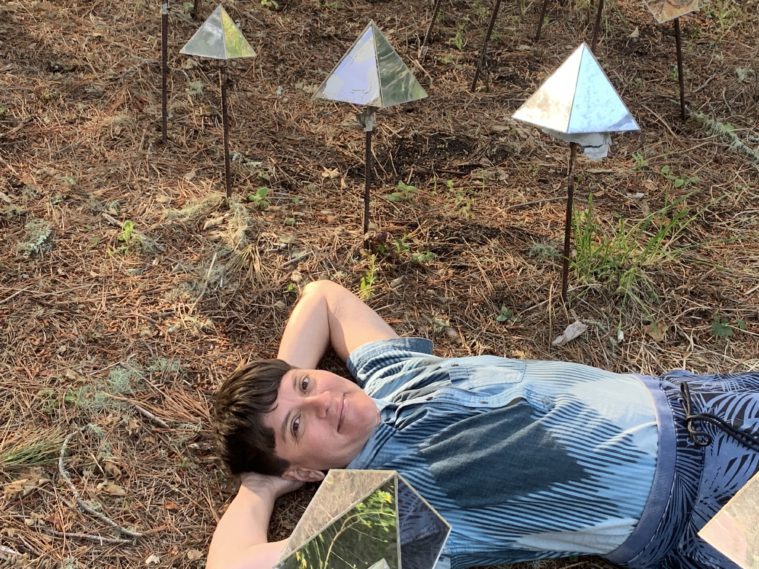
You have been living in Dallas for the past six years, what do you think about art at the Texas border?
I think anything I say about the Texas border would be cliché and derivative. I think what’s happening at the border is heartbreaking and continues to be. As someone who lives in Texas—don’t get me started—I think what’s happening at the border to people trying to cross it is inhumane. I don’t get into that enough in the film. I brought it in as much as I could. When it comes to Guillermo’s work, seeing the same sentences read about the border that he wrote 30 years ago says something. Watching him talk about the border then and now [are] different stories but a lot of the same injustice.
Did Guillermo trust you with the authorship of his story? There are a few times where he turns the camera on you, the director.
That’s a theme in my work, in general. I’ve been making films for 24 years. I’m interested in the ethics of representation. It didn’t feel authentic without a bit of tension, placing ourselves as real. What does it mean for a white lesbian [originally] from Massachusetts to be making this film about a brown, [queer], older man? What is that? Identity is such a big part of both of our interests. The main conversation that weaves throughout [in the kitchen space] between Guillermo and I kept going. It felt like the best thing we shot. It was a performative, [a] verité way to elevate the complexities around the situation.
You didn’t just interview the artist, but his collaborators—many women artists, like one performance artist who is a sex worker and did a pole dance at the border.
It happened in 2017. What I wanted to do with this film, is that I’m a feminist and I believe in the collective. I didn’t want to do a film about an individual male artist. I wanted to de-center the idea. He does work collectively. I wanted to show his life and who is around him. That can also be the story of a person.
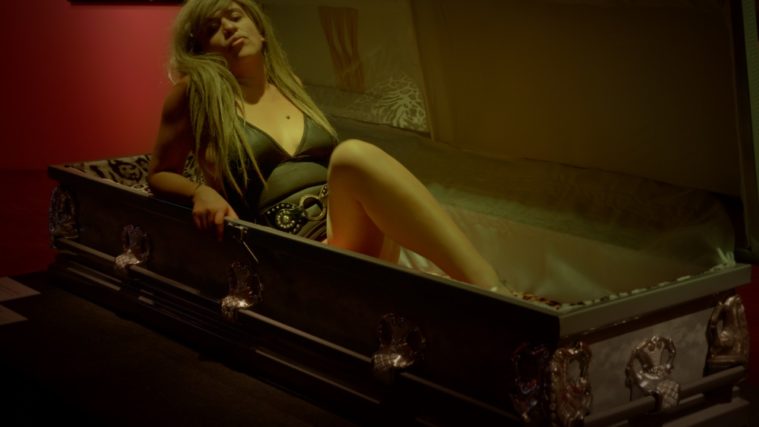
In the film, Guillermo often criticizes you for not understanding what performance art is.
[laughs] I wanted to include more of that because the film asks, “what is performance?” There’s amazing political art in Mexico, Venezuela, and Colombia right now. He is a lineage holder for political art in America, and it’s still strong. Mexico City has a lot of cutting-edge art.
Is political art received well in Dallas?
I don’t know, I’ve lived there for six years. If you want to make gay art it’s a rainbow, I don’t even know what to say about what’s going on. Many alternative art spaces in Dallas showing interesting work were shut down around the city after the fire marshals shut down several art venues. It’s a limited place to be able to see spaces.
Where did the title of the film come from?
He chose it, he asked me: “What about 100 Ways To Cross The Border?” It’s a great description of his work. There isn’t just one way, there’s the way of humor, rage, performance, and nostalgia. Then there’s all the ways of crossing the border, by plane, by foot, in your own body, as others. It feels like a real sum-up of his work.
In the film, Guillermo talks about “radical citizenship,” where he talks about “living everyday as if the laws and constitutions of human rights didn’t exist.” What was it like filming him during these moments?
I see Guillermo as a philosopher before he is an artist. He does spoken word and has written many books. He is a cultural voice. That part of his work is not performative. I wanted to include as much of his writing as possible in the film. He talks a lot about the border as a shifting place. He’s so prolific, it was like, what do you choose to include? A lot of your life’s work takes a long time, and we all must keep trying.
